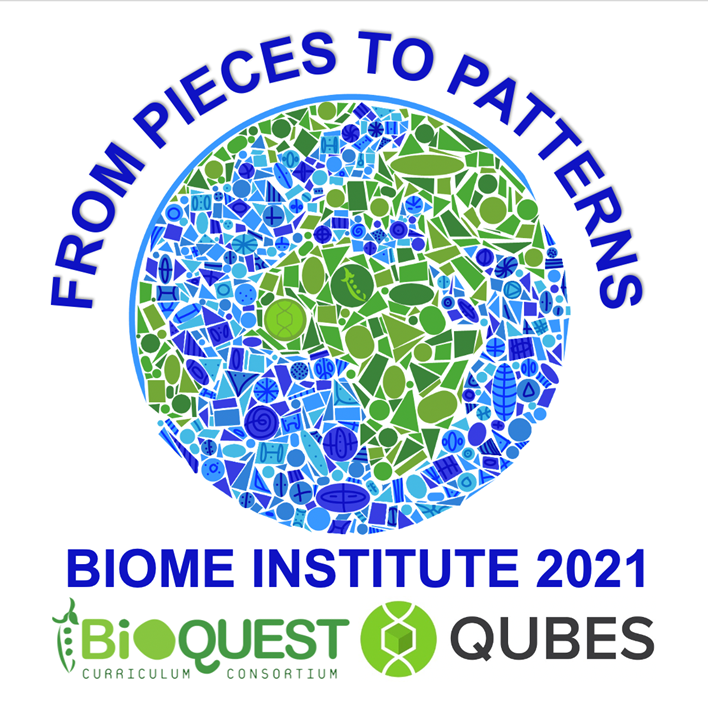Creating ownership through creative writing: Advice columns as term papers in an upper-level Animal Behavior course
Author(s): Jennifer Kovacs
Agnes Scott College
948 total view(s), 328 download(s)
Description
Students often write traditional term papers or grant proposals as their final class papers in upper-level undergraduate STEM courses. While writing these kinds of papers provides valuable research and writing experiences for our students, the final products often fall short of the instructor’s desired level of mastery. Instructors often complain about the lack of polished or original writing, muddy theses, and thrown together papers. At the same time, students often find themselves lost when choosing topics and struggle to identify what exactly should be included in their papers. To address many of these problems in my upper-level Animal Behavior course, I developed a creative writing approach to the final paper. While keeping many of the most essential learning objectives of a traditional term paper, including literature reviews, citations, and synthesis of big ideas in the field, this “Dear Abby” style advice column allows students to put themselves in the role of the expert while advising their animal reader about their behavioral “problem” in an evolutionary context. In end-of-course evaluations, students have shared that they found it much easier to write about their chosen topic using informal language and the first-person voice in this “creative” final paper format. Additionally, the assignment used a scaffolded approach that included peer-review the instructor’s comments over the course of half of the semester. The result is a paper that students wrote multiple drafts of and found interesting to write, and the instructor enjoyed reading and grading at the end of the semester.
Video Overview
Cite this work
Researchers should cite this work as follows:
- Kovacs, J. (2021). Creating ownership through creative writing: Advice columns as term papers in an upper-level Animal Behavior course. 2021 Biology and Mathematics Educators (BIOME) Institute, QUBES Educational Resources. doi:10.25334/5QEV-WK44
